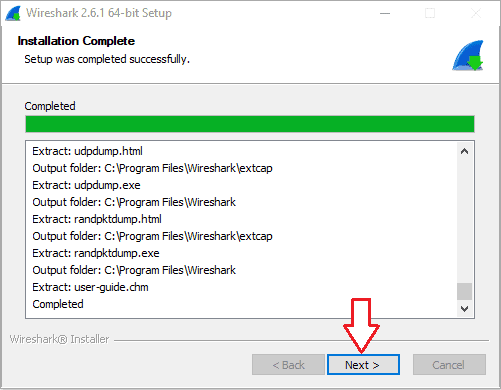

If the above commands don’t work on your version of Linux, try: chown root /usr/sbin/dumpcap If the above command returns an error, try: setcap ‘CAP_NET_RAW+eip CAP_NET_ADMIN+eip’ /usr/bin/dumpcap It may be that the Wireshark code is held in the bin directory instead of sbin. Not every flavor of Linux behaves in exactly the same way, so if just nominating dumpcap as a root process doesn’t work, try the following command: setcap ‘CAP_NET_RAW+eip CAP_NET_ADMIN+eip’ /usr/sbin/dumpcap This is dumpcap you need to run the following command to get this module set up properly. Again, Wireshark doesn’t need to run as root on Linux, but there is one element of the program suite that does. This often solves the problem of Wireshark’s inability to access the network functions on a Linux computer. This action runs the normal program with superuser network privileges. It seems that it needs to be run with the sudo command. Linux users report a different situation when running Wireshark. It is this installation phase that requires you to restart your computer. The installation process sets WinPcap to run on system startup and also writes it to the register so that it can run with admin rights level. The setup process of Wireshark will install WinPcap for you. This is WinPcap, which is the underlying service that assists in capturing packets. One element of the Wireshark suite of programs does need administrator network privileges. This is because as far as the network procedures of your computer are concerned, Wireshark is only acting the way any other program that connects to the network would behave ‒ the Wireshark system only needs access to the network, which is available to all regular users, not just the administrator. Surprisingly, in Windows, you do not need to run Wireshark with administrator network privileges to give the program access to network functions. There are many possible reasons for this problem.

When Wireshark reports that it cannot find any “interfaces”, it means that it could not detect any networks. Interface error caused by access permissions So, if Wireshark can’t find any networks at all, you can’t progress to the packet capture phase. To capture network traffic packets, you first need to select one of these networks. The error message appears in the area of the application window where you would expect to see a list of available networks. On the initial scan, if the program cannot find any networks attached to the computer on which it is running, it will show the message “ No interfaces found.” Towards the end of its startup procedures, Wireshark scans the host computer for network connections. When you start up Wireshark to capture network packets, the tool has to go through a series of initialization routines. “There are no interfaces on which a capture can be done.”


 0 kommentar(er)
0 kommentar(er)
